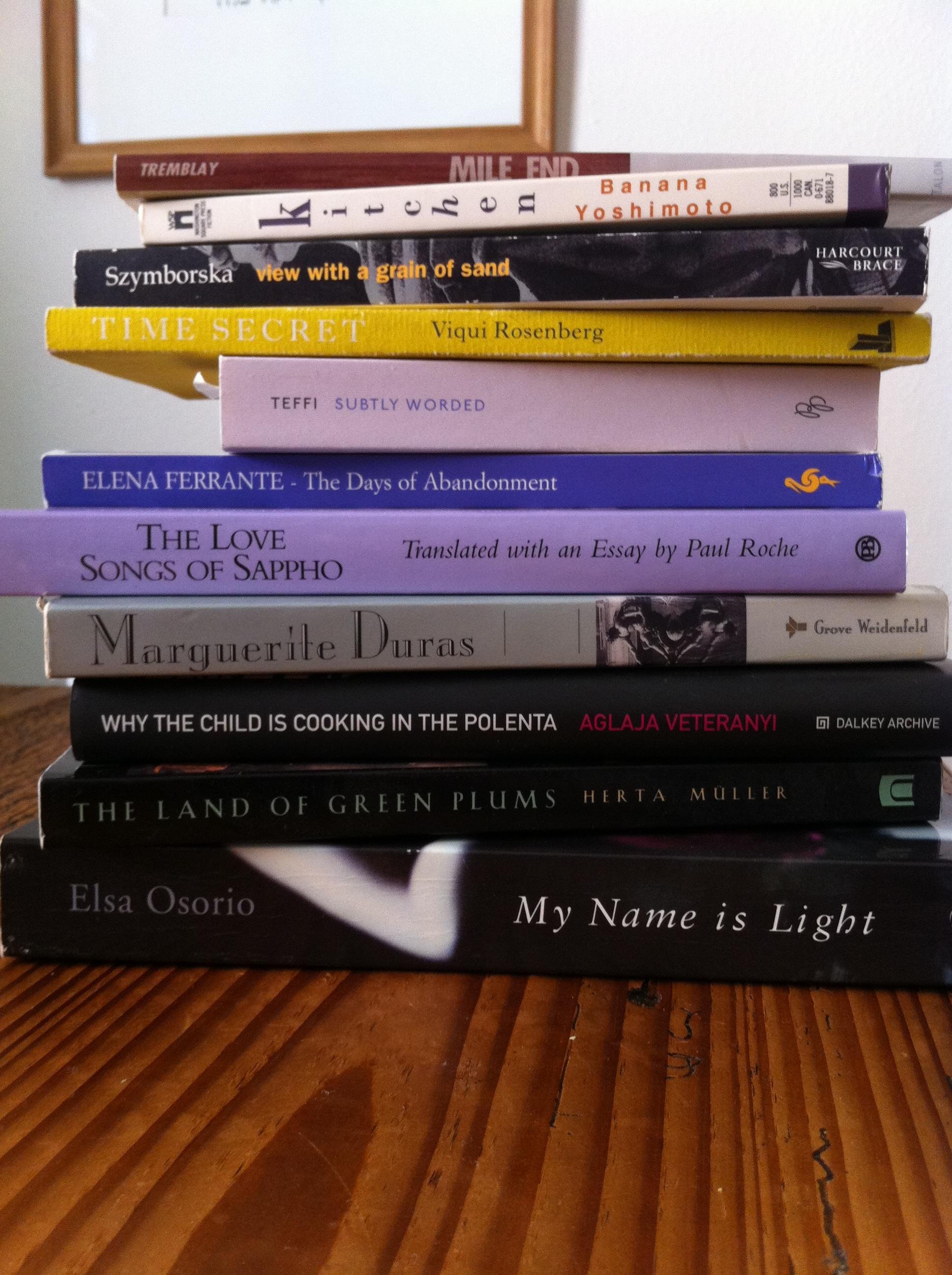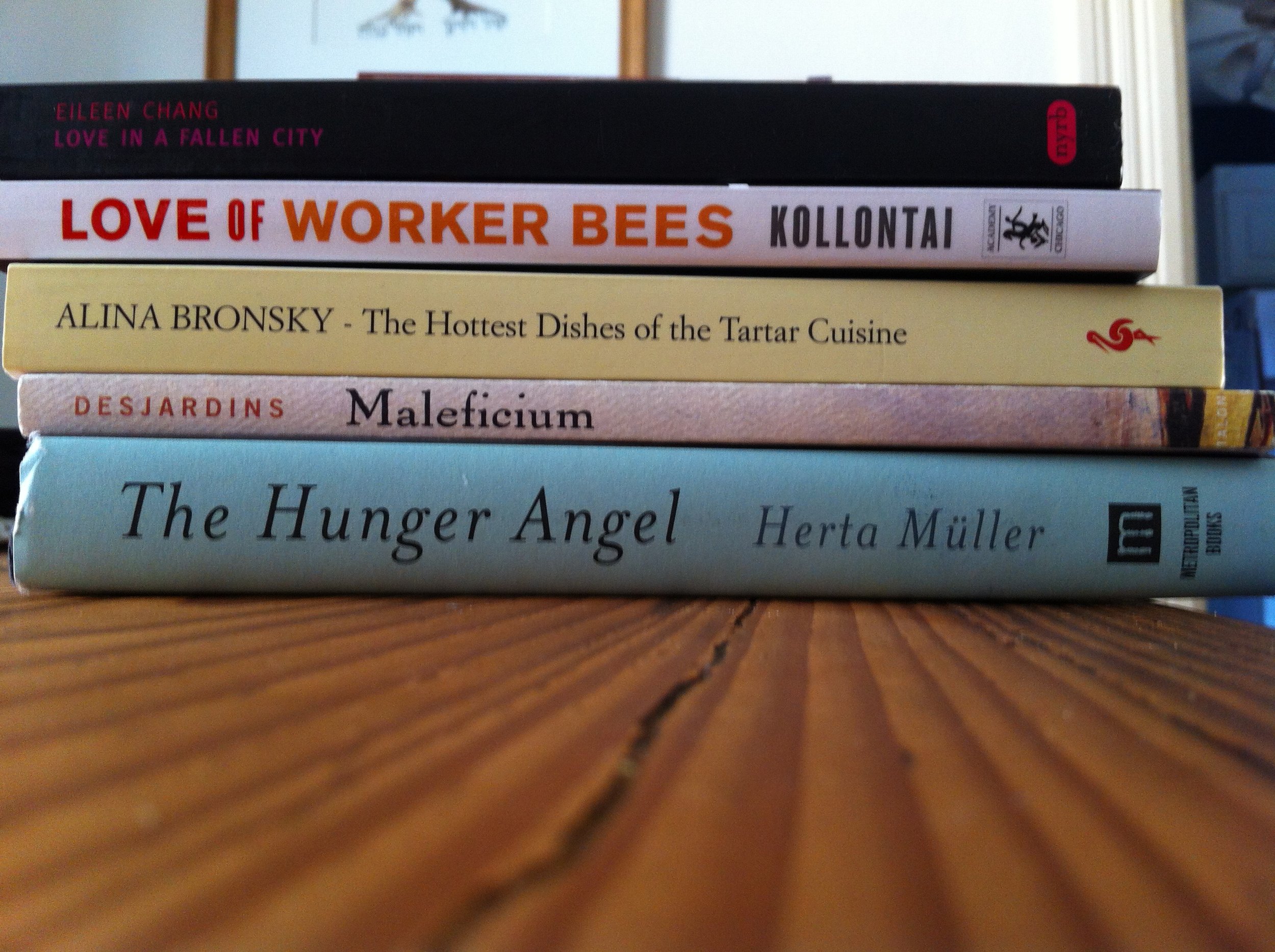Disclosure: I am an affiliate of Bookshop.org and I will earn a commission if you click through and make a purchase.
I picked up Alexandra Kollontai's Love of Worker Bees at Boneshaker Books during the AWP conference in Minneapolis. Usually, I skip a book's introduction, dive right into the fiction, and read the introduction afterwards. Kollontai's work is a rare look at the Russian Revolution, and since I'm also reading Dr. Zhivago, I wanted to get some background on her. This may have marred my reading experience.
The introduction made me crave reading more history, and perhaps Kollontai's nonfiction. Her fiction served to illustrate the feminist causes she fought for, and so in reading the short story "Sisters" I felt biased against the artistry of the story, about "a deserted wife and a prostitute who find a common bond." (Let me back up and say I think if the explicit aim of the writer is to illustrate a political cause, it would be more effective to write nonfiction. That isn't to say fiction must be apolitical. Pretty much all art is political. I believe a fiction writer should make story primary. The politics arising out of the story tend to emerge in a more complex, satisfying way when you don't set out to illustrate a specific agenda. Let the story drive.)
Set in the 1920s, "Sisters" is a frame story in which someone at a "delegates conference" is being confided in. The storyteller has left her husband, has nowhere to go, and fears she may have to resort to prostitution. After her daughter's illness, she was laid off from her job. Her husband, an executive in a government trust company, has taken to coming home drunk. She would like to work and he would like her to stay home. Things get worse when their daughter dies; he brings prostitutes home. The woman is horrified, humiliated, ready to run the second prostitute out of their house--but she sees a desperation in this sad young woman's eyes, and as they talk, realizes she is an educated young woman without money or shelter, starving, anguished. The storyteller realizes that if she hadn't been married, she'd be in a similar situation. She leaves her husband and...is at risk at being in the same situation. The story illustrates a pressing issue that Kollontai had to fight for relentlessly, that women's rights are an essential part of the revolution. She ended up in diplomatic exile for much of her adult life.
The story is affecting, in the way that if someone you met told you that story you would care and be concerned, and want to do something. So in this way, the story achieves a goal. However, the story is mostly told in summary, in the way that someone might relate their tale in real life, not told in scene, with the kind of sensory detail that draws you closer to the humanity of the characters. It feels one step removed. And so I didn't love the story, and I wouldn't press it upon anyone unless they were digging into the subject matter--the issues of feminism and Communism, the struggles of people living in Russia after the Revolution. I'll add as another caveat that is the third piece in the book. I did not read the first two and do wonder if the book is "front loaded" with stronger stories. So take my lack of enthusiasm with a grain of salt, check it out if it intrigues you, and let me know what you think.
This series on Women in Translation continues next week with a Duras novella and will finish at the end of August with a couple surprise books of contemporary poetry, review copies I was delighted to receive in the mail.


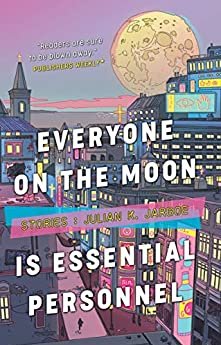
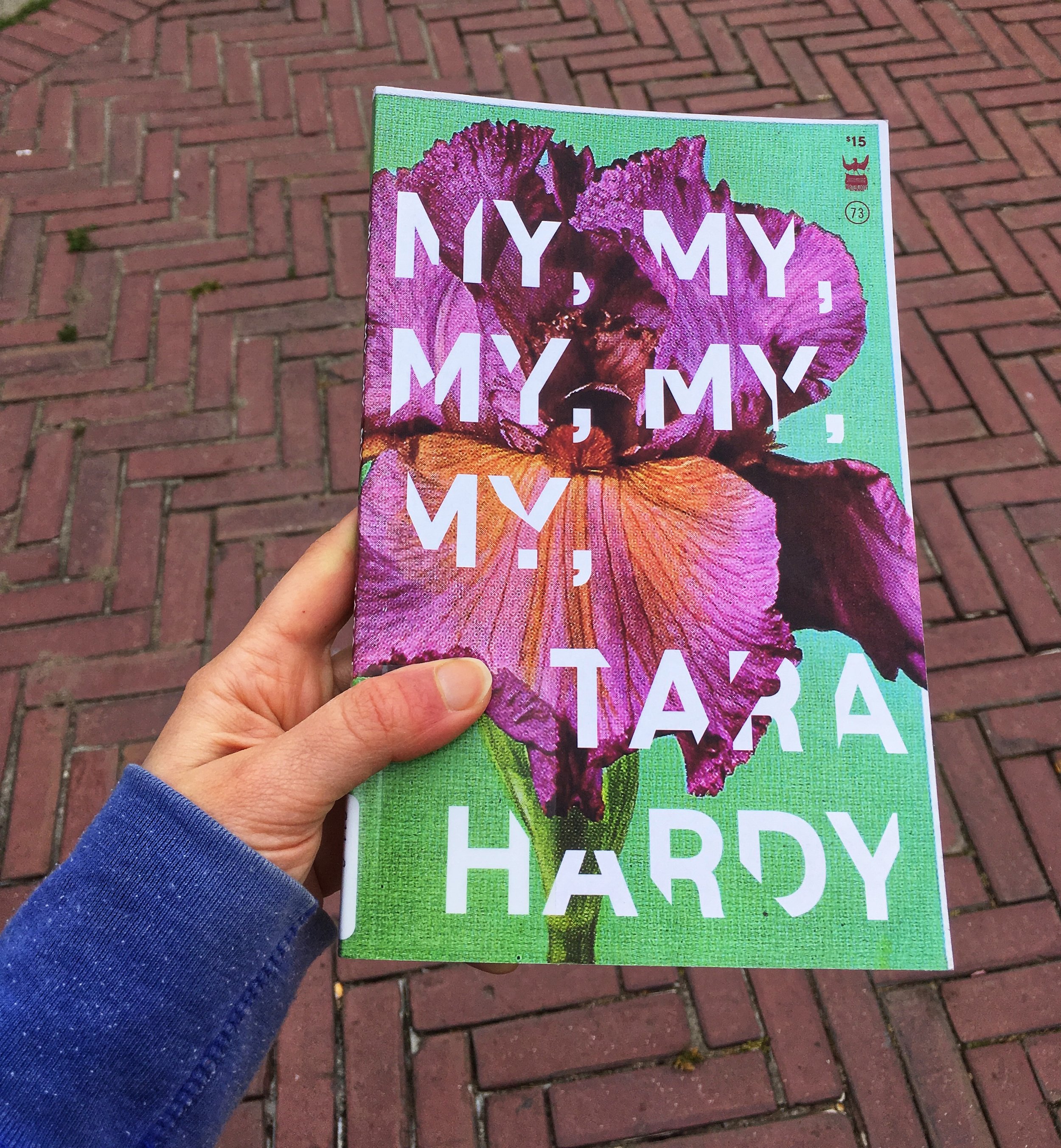 The Seattle Review of Books invited me to participate in their fun & breezy column, "
The Seattle Review of Books invited me to participate in their fun & breezy column, " The January issue of Locus Magazine includes a lovely review of
The January issue of Locus Magazine includes a lovely review of 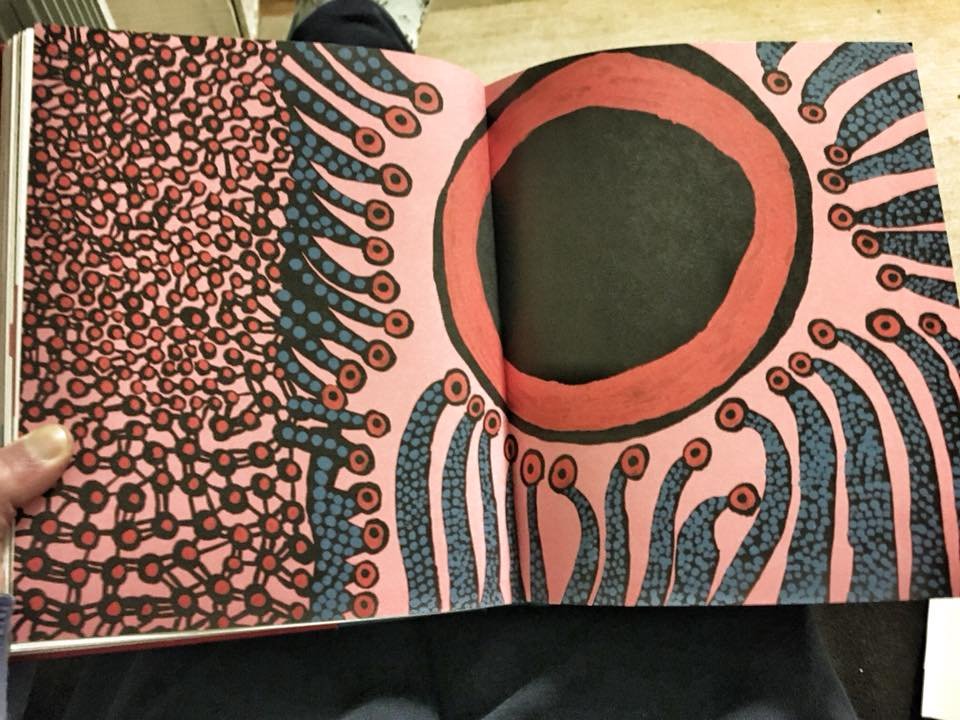 Despite everything, I need to celebrate 2017 on a personal level. Daughters of the Air, which I'd toiled over for years, finally came out, and people are reading it and telling me they are enjoying it! Michael and I celebrated the holiday season with candles and latkes and lights and dim sum and snow (!) and The Shape of Water (a beautiful love story!) and chocolate peanut butter pie and New Year's Eve back at the Hotel Sorrento's Fireside Lounge for reading (me, Teffi's Subtly Worded, him Hanna Krall's Chasing the King of Hearts, which I'm happily adding to my
Despite everything, I need to celebrate 2017 on a personal level. Daughters of the Air, which I'd toiled over for years, finally came out, and people are reading it and telling me they are enjoying it! Michael and I celebrated the holiday season with candles and latkes and lights and dim sum and snow (!) and The Shape of Water (a beautiful love story!) and chocolate peanut butter pie and New Year's Eve back at the Hotel Sorrento's Fireside Lounge for reading (me, Teffi's Subtly Worded, him Hanna Krall's Chasing the King of Hearts, which I'm happily adding to my 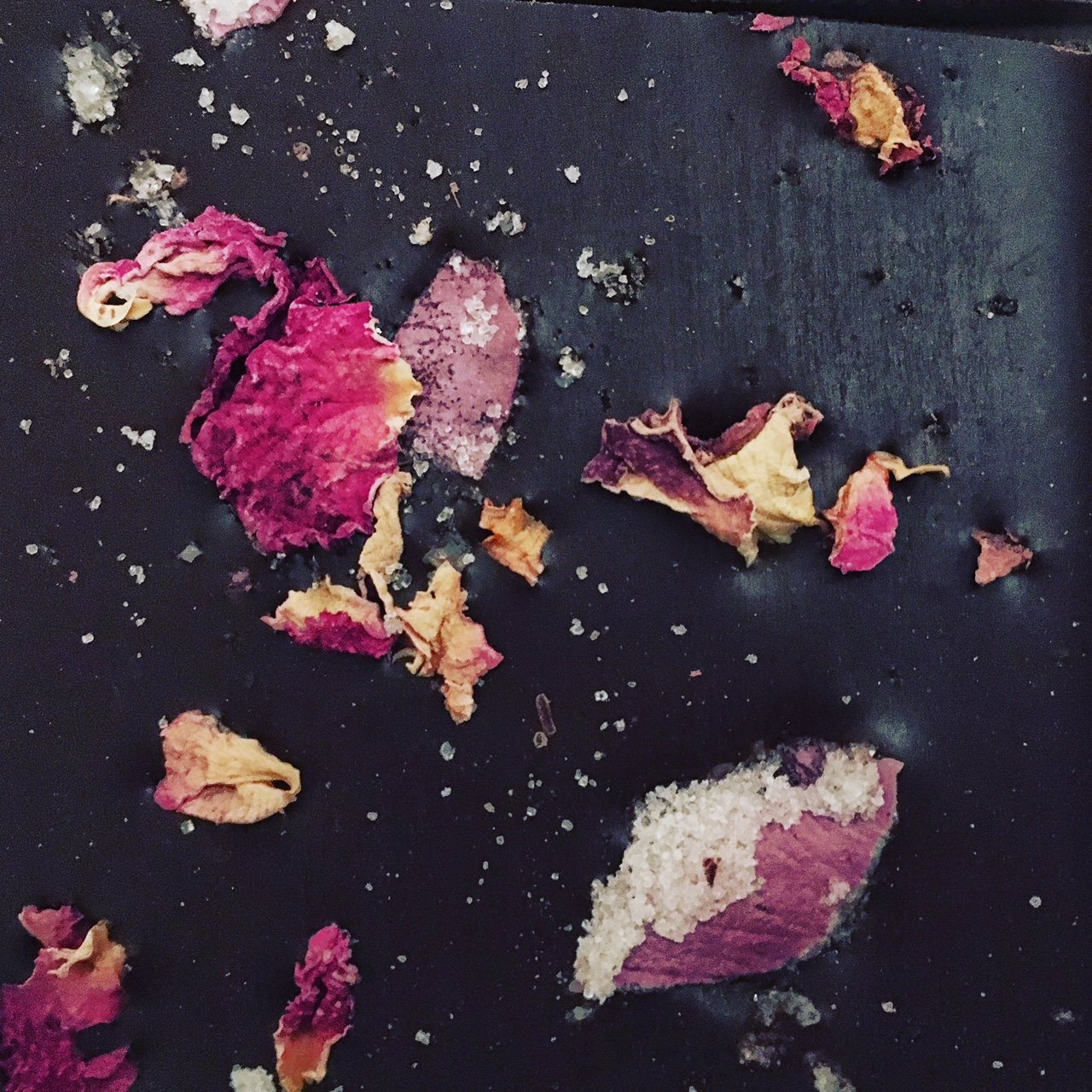 The day after
The day after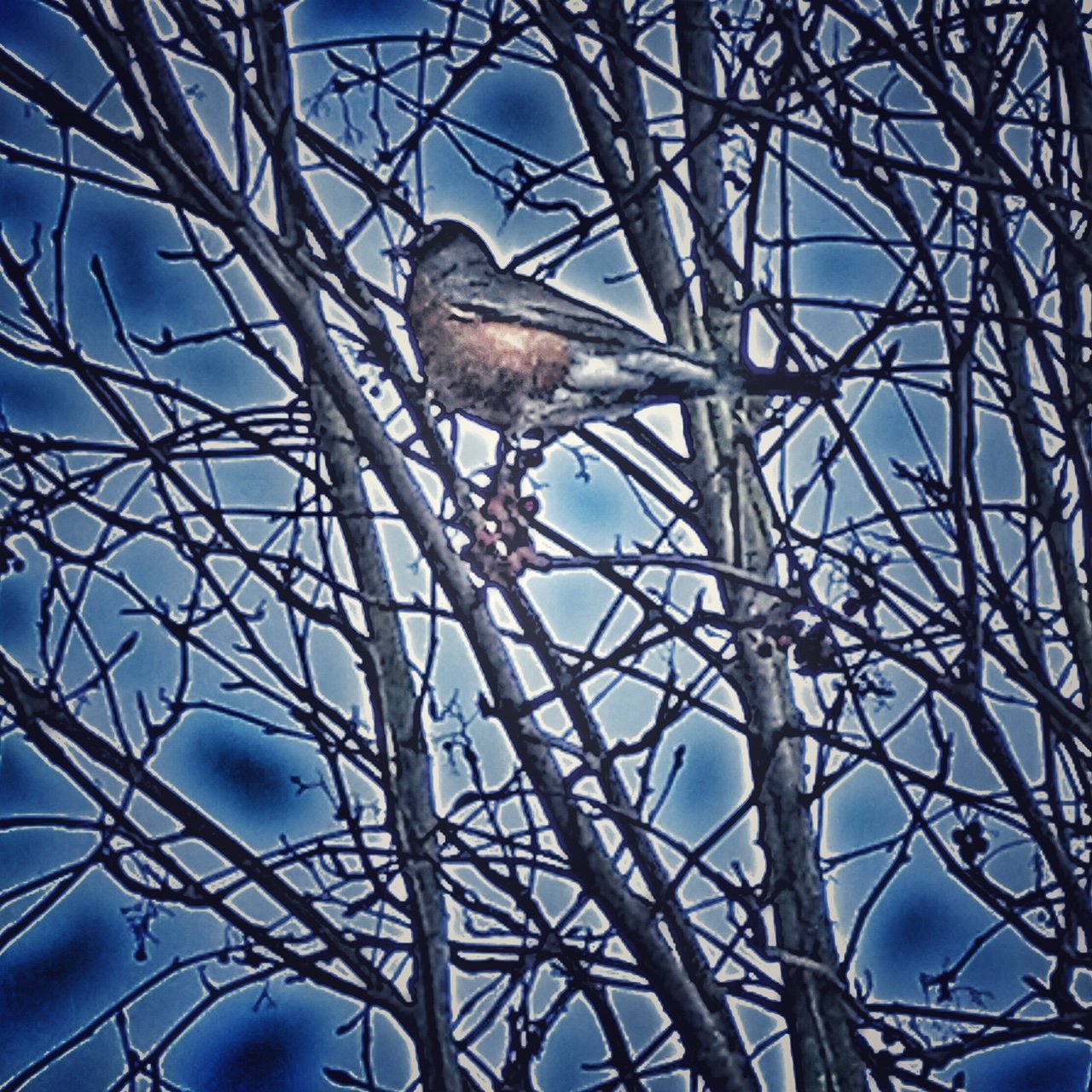 I had a glorious long weekend with Michael: actual snow in Seattle, dim sum, The Shape of Water (a beautiful love story!), chocolate peanut butter pie...and it's been a happy Tuesday morning too, with this glowing review of Daughters of the Air by Dave Wheeler in
I had a glorious long weekend with Michael: actual snow in Seattle, dim sum, The Shape of Water (a beautiful love story!), chocolate peanut butter pie...and it's been a happy Tuesday morning too, with this glowing review of Daughters of the Air by Dave Wheeler in 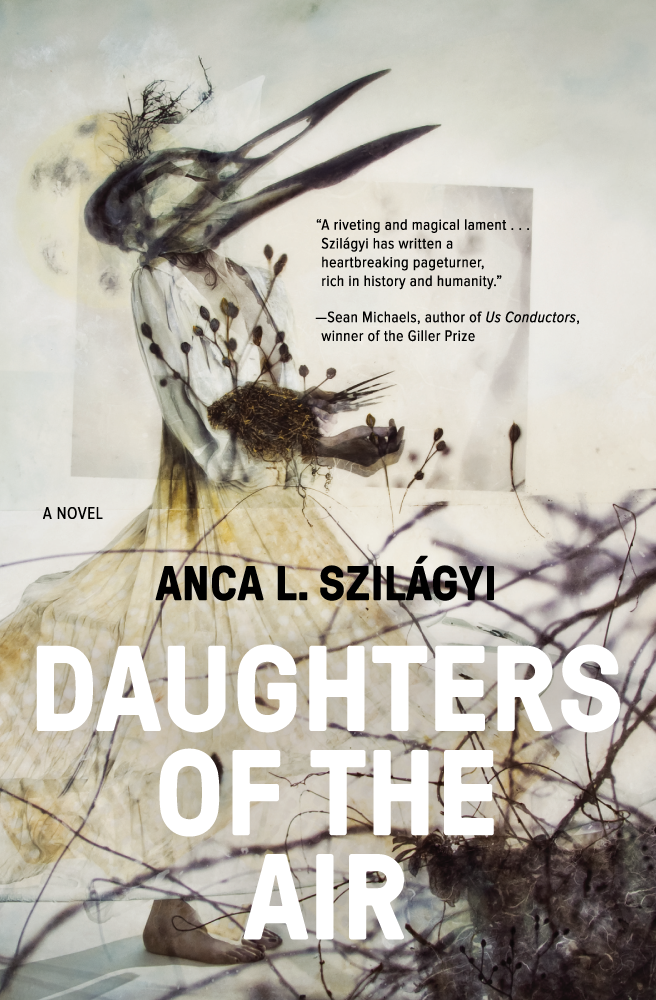 Today is the big day! Daughters of the Air is out in the world. I'm excited that after so many years this is really, really real. Really. It is out of my hands and readers are reading. Whoa.
Today is the big day! Daughters of the Air is out in the world. I'm excited that after so many years this is really, really real. Really. It is out of my hands and readers are reading. Whoa. 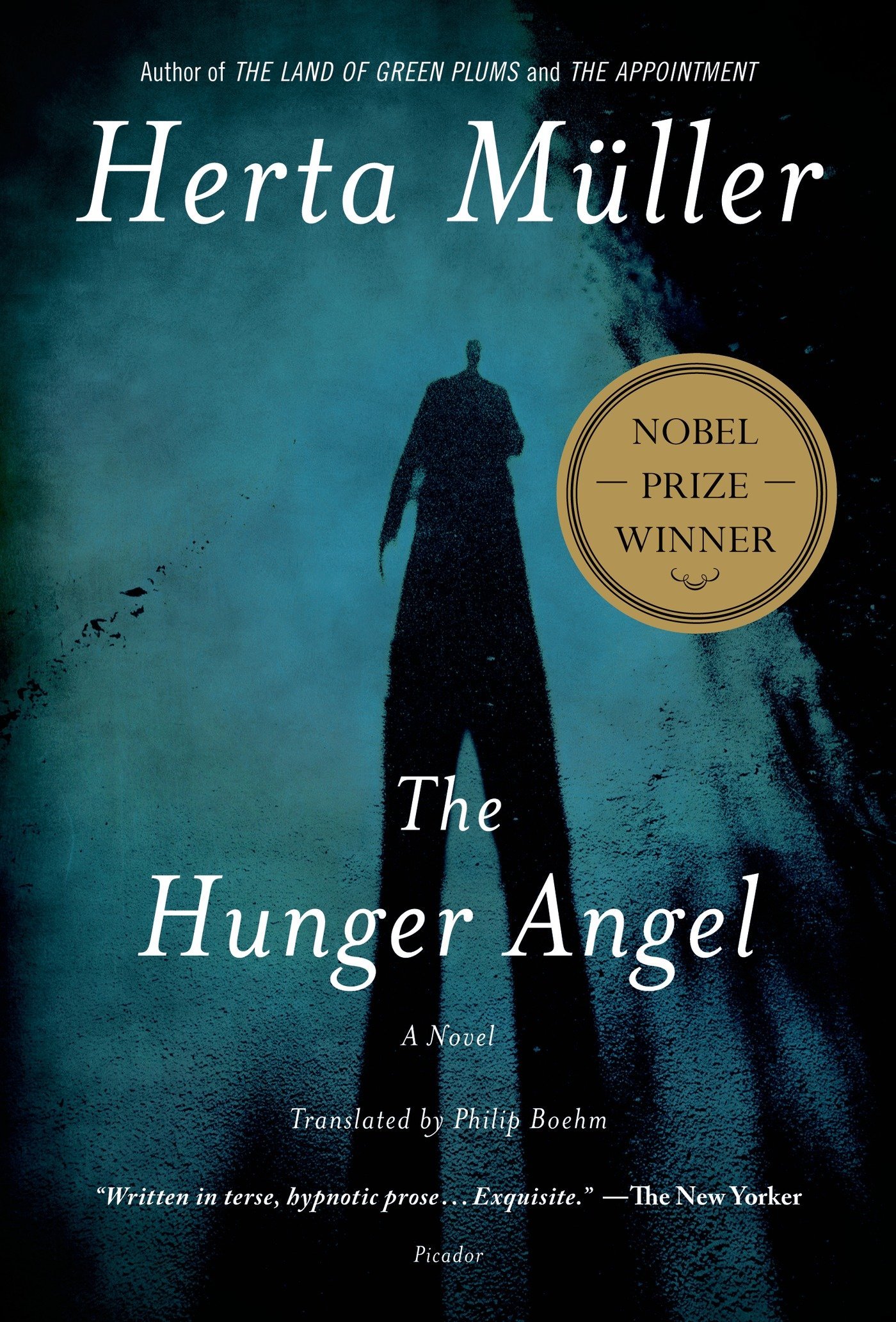 After I read The Land of Green Plums a few years ago, Herta Müller joined a short list of authors whose work I want to read all of. I am not the sort of reader who methodically works through an oeuvre; I crave different voices. But this list includes Virginia Woolf, Toni Morrison, and Mavis Gallant. (It used to include Angela Carter; I adore her short fiction, but actually found trying to read her novels like trying to eat an entire chocolate mousse cake.) Müller's fiction is poetic and harrowing and sheds light on the country my family comes from. For me, she is a must.For my third installment of
After I read The Land of Green Plums a few years ago, Herta Müller joined a short list of authors whose work I want to read all of. I am not the sort of reader who methodically works through an oeuvre; I crave different voices. But this list includes Virginia Woolf, Toni Morrison, and Mavis Gallant. (It used to include Angela Carter; I adore her short fiction, but actually found trying to read her novels like trying to eat an entire chocolate mousse cake.) Müller's fiction is poetic and harrowing and sheds light on the country my family comes from. For me, she is a must.For my third installment of 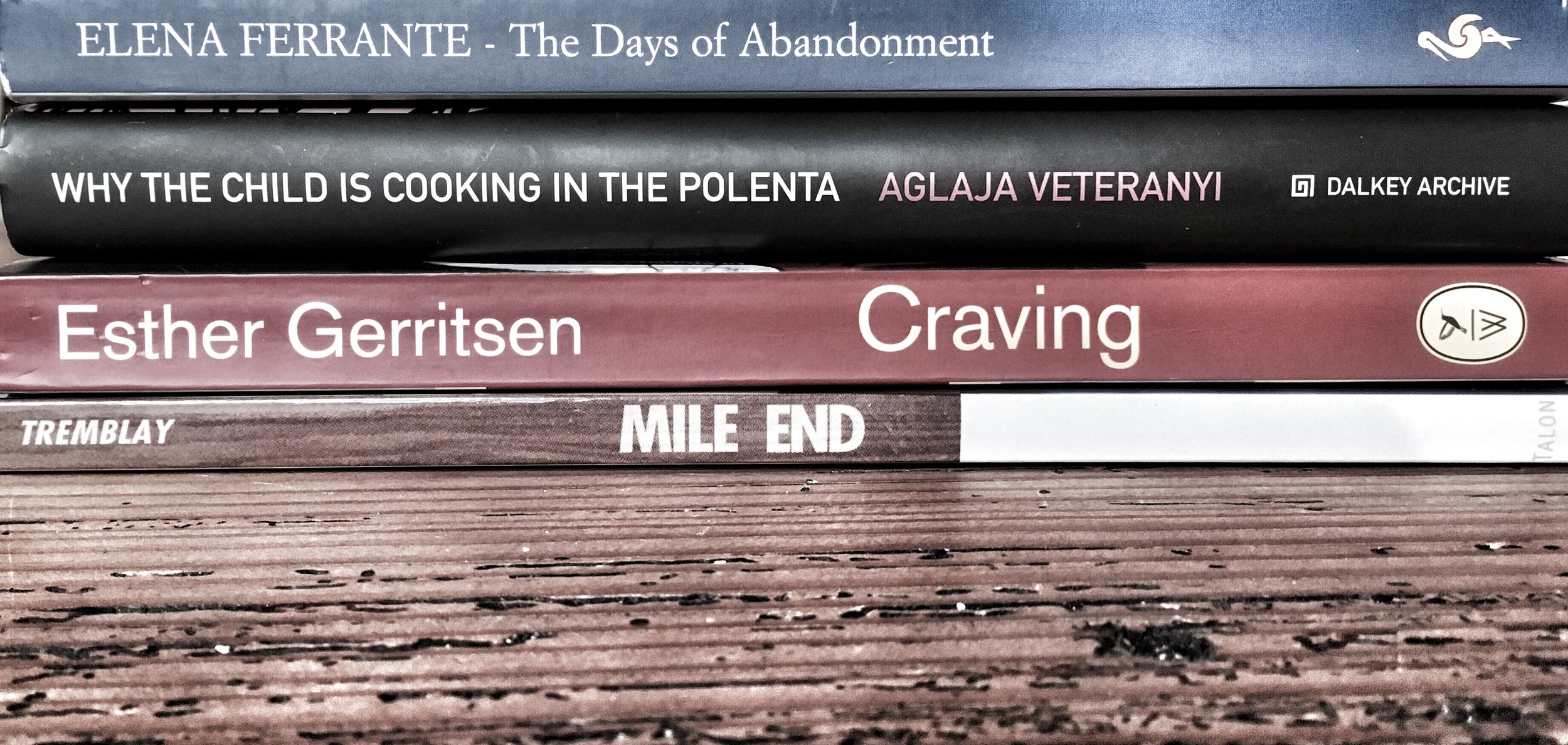 August is
August is 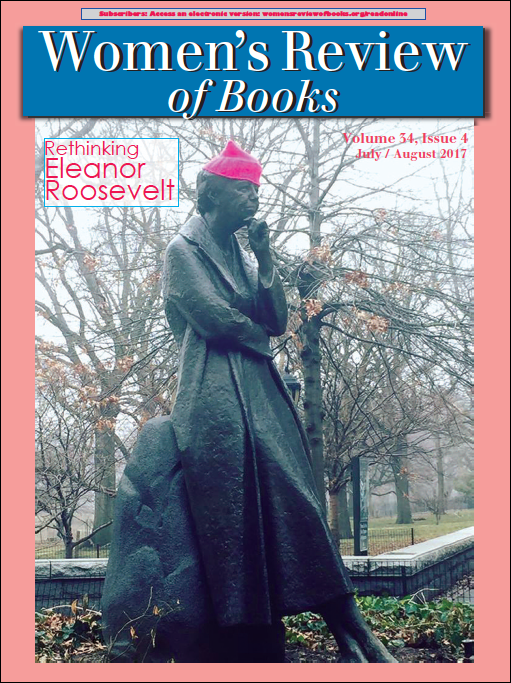 I'm happy to have a piece in the July/August issue of
I'm happy to have a piece in the July/August issue of 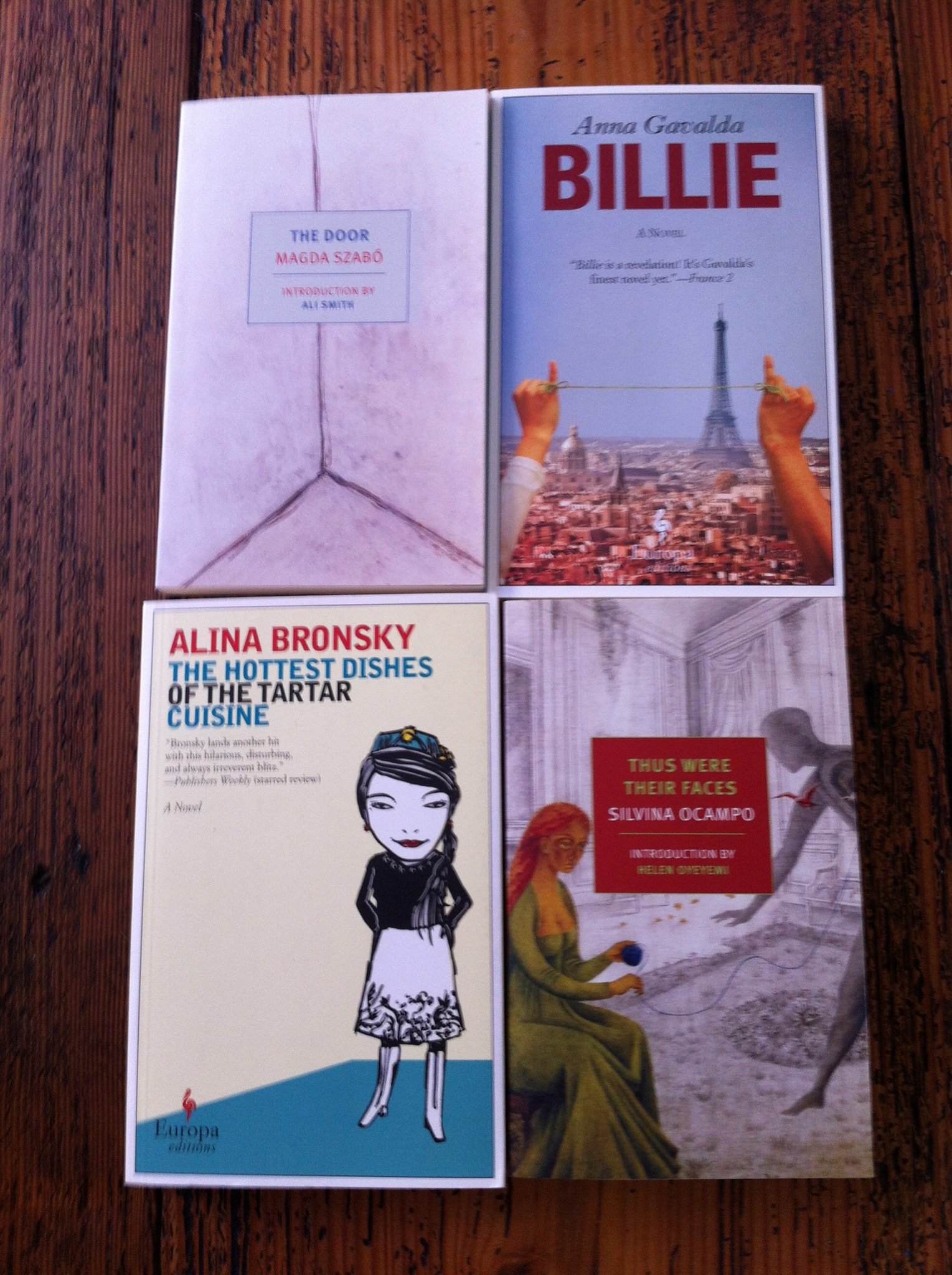
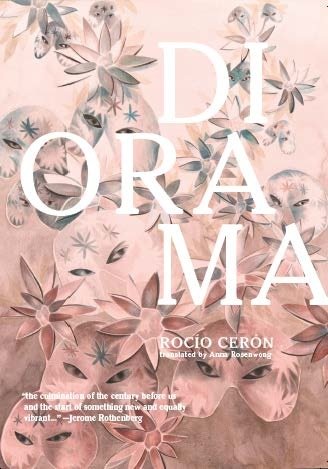
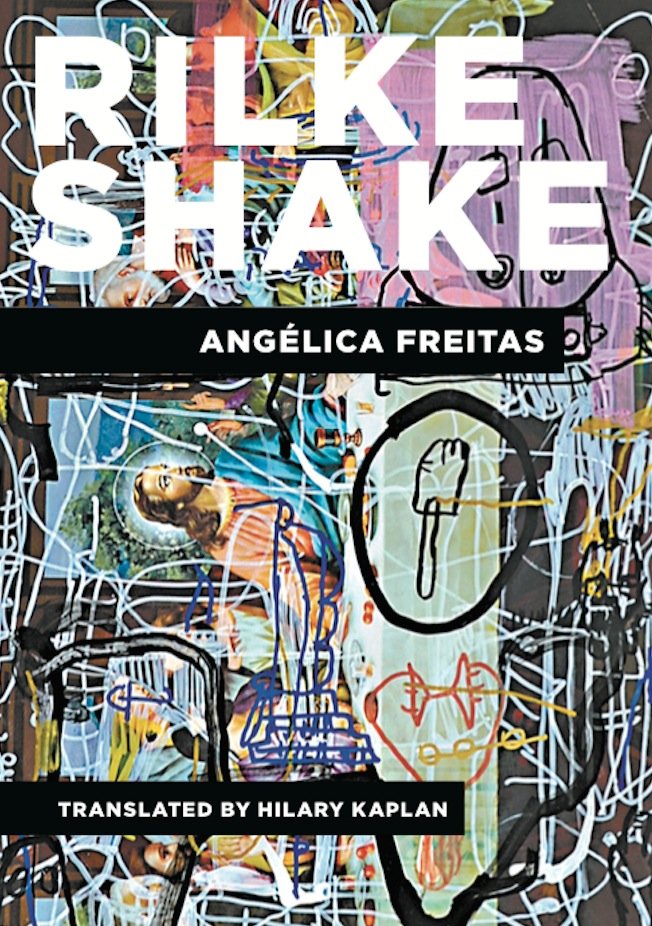
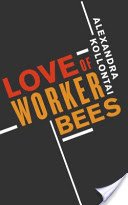
 The Seattle Public Library and Seattle Arts & Lectures launched
The Seattle Public Library and Seattle Arts & Lectures launched 
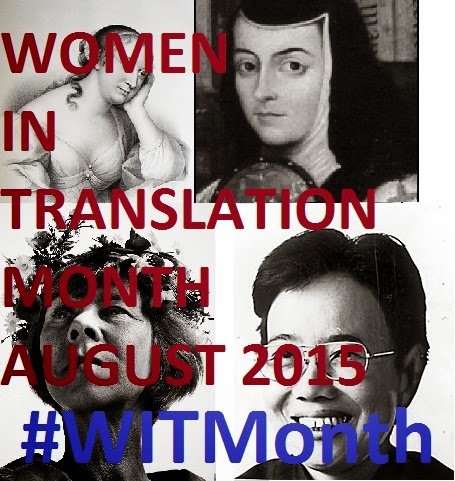 August is
August is 